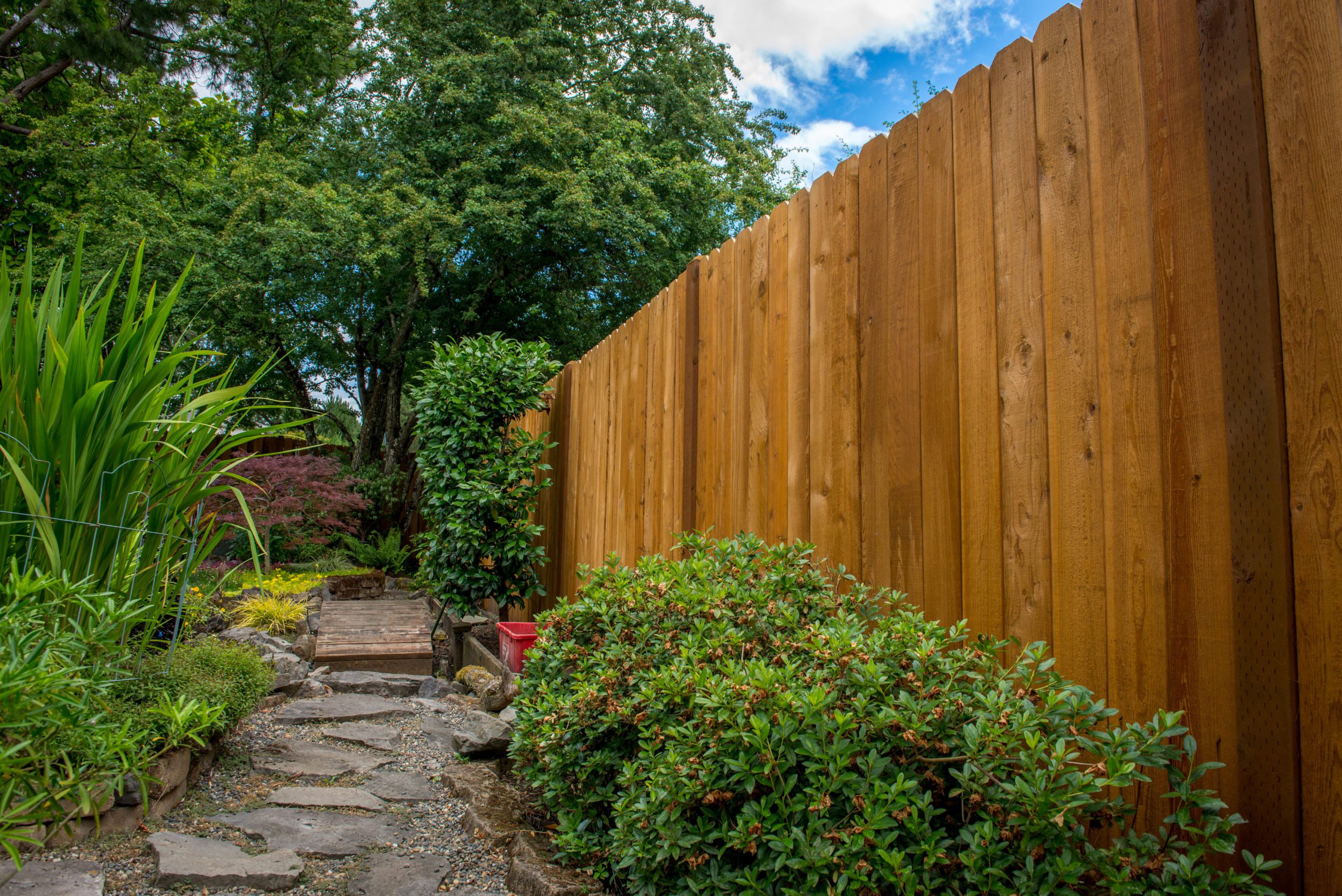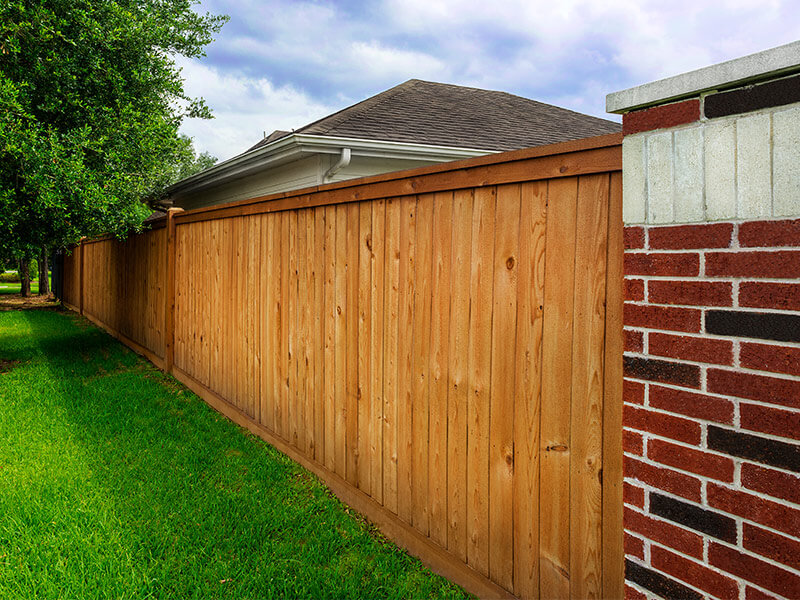Crucial Tips for Deck Discoloration Success
Achieving a flawlessly discolored deck calls for even more than simply a brush and a container of discolor. The secret to an effective deck discoloration task depends on the careful attention to detail and adherence to important steps. From picking the appropriate sort of tarnish to grasping the art of application, each phase plays a crucial duty in the last result. Whether you are an experienced DIY enthusiast or getting started on your initial deck staining adventure, recognizing the subtleties of the process can make all the difference in the long life and aesthetic charm of your outdoor space.
Picking the Right Discoloration
Selecting the proper tarnish is critical in achieving a resilient and cosmetically pleasing coating for your deck. concrete sealing near me. When picking a tarnish for your deck, it is important to think about elements such as the wood kind, preferred color, level of protection needed, and maintenance choices
To start with, think about the type of timber your deck is made from, as different timber types might respond in different ways to specific types of stains. Woods like oak or mahogany may call for different discolorations compared to softwoods like yearn or cedar. Understanding the attributes of the wood will certainly assist you select a tarnish that penetrates effectively and boosts its natural elegance.
Next, think of the color you desire for your deck. Stains come in a selection of tones, from natural tones that boost the timber's grain to even more opaque shades that offer far better UV protection. Select a shade that matches your exterior area and matches your visual choices.
In addition, examine the degree of security the tarnish offers. Some discolorations offer extra comprehensive protection versus UV rays, wetness, and mildew, which can prolong the life of your deck. Stabilizing defense with looks is key to accomplishing a aesthetically appealing and durable finish.
Preparing the Deck Surface
To ensure a successful application of the selected discolor, detailed prep work of the deck surface area is important. Utilize a deck cleaner or wood brightener along with a stiff-bristled brush to scrub the surface clean.
Replace or fix these as needed to ensure the architectural stability of the deck. This step not just assists the stain stick much better but additionally improves the total look of the deck.
Applying the Discoloration Effectively

Begin by thoroughly mixing the discolor to ensure an even uniformity. Make use of a paint stirrer to blend the stain well, particularly if it has actually been resting for a while. When using the stain, use a roller, sprayer, or paintbrush , relying on the kind of stain and the size of the deck. Work in workable sections to stop the tarnish from drying out erratically. Use the tarnish towards the wood grain to guarantee also coverage and a professional coating.
Permit the initial layer to completely dry totally before determining if a 2nd coat is required. Comply with the maker's directions concerning drying times and reapplication. Correct application of the discolor is crucial for shielding your deck and improving its look for years to come.
Keeping Your Discolored Deck
After effectively using the tarnish to your deck, keeping its look and safety qualities is vital for lasting toughness and visual allure. Regular maintenance is essential to protecting the appeal and stability of your tarnished deck. Addressing issues without delay can prevent them from worsening and extend the life of your stained deck.

Troubleshooting Common Issues
Determining and attending to common issues that might arise with your tarnished deck is crucial for ensuring its longevity and optimum efficiency. One common national fence company trouble is peeling off or flaking of the discolor. This can occur as a result of bad bond caused by insufficient surface preparation or using the discolor in unfavorable weather condition conditions. To treat this, the impacted locations need to be removed, sanded, and effectively re-stained following supplier guidelines.
One more concern typically encountered is mold and mildew and mildew growth on the deck surface area. This can be associated to moisture retention, absence of sunlight, or incorrect ventilation. To tackle this problem, a thorough cleansing with a mold and mold remover followed by proper drying and application of a mold-resistant discolor is essential.
Moreover, fading of the tarnish color in time is a common worry. UV direct exposure and rough climate can cause discoloration. To address this, selecting a high-quality, UV-resistant stain and applying a fresh coat periodically can assist keep the deck's visual appeal.

Final Thought
In conclusion, successful deck staining requires picking the appropriate tarnish, properly preparing the deck surface area, using the stain properly, and maintaining the tarnished deck. By adhering to these necessary ideas, you can achieve a wonderfully stained deck that boosts the overall look of your outdoor room. Keep in mind to fix any usual issues that might arise throughout the staining procedure to make sure visit here a visually enticing and lasting outcome.
Achieving a perfectly tarnished deck requires even more than simply a brush and a container of tarnish.To guarantee an effective application of the chosen discolor, thorough preparation of the deck surface area is important. When using the tarnish, use a roller, sprayer, or paintbrush , depending on the kind of stain and the size of the deck.Determining and resolving common problems that might arise with your stained deck is necessary for guaranteeing its longevity and optimal efficiency.In verdict, successful deck discoloration calls for selecting the ideal tarnish, correctly preparing the deck surface, applying the discolor properly, and keeping the tarnished deck.